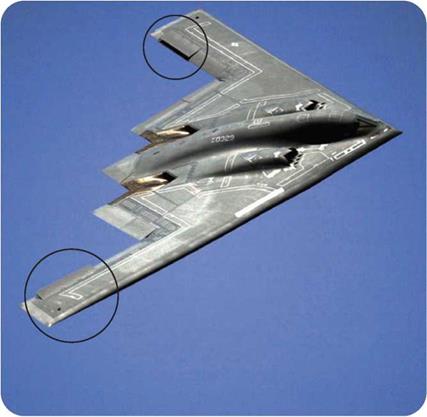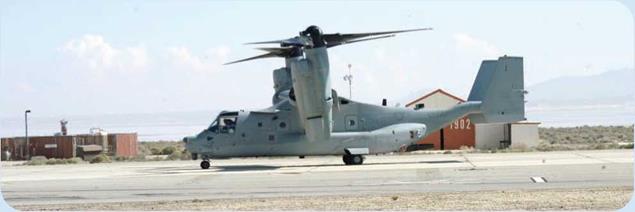Newton, Isaac
Date of birth: December 25, 1642. Place of birth: Woolsthorpe, England. Died: March 20, 1727.
Major contribution: First formulated the idea of gravity; expressed three key laws of motion; invented calculus, a branch of mathematics.
Awards: Named a Fellow and later President of the Royal Society; Order of Knighthood.
|
I |
saac Newton had a difficult childhood. His father died a few months before he was born. Newton was a sickly child who was not expected to live. When Newton was two, his mother remarried, and his stepfather sent him away to live with other relatives. Only when the stepfather died was Newton reunited with his mother.
Newton began studying at Trinity College, Cambridge, England, in 1661. He dedicated himself to new, emerging ideas in science and mathematics. Much of his study of the new science was done on his own and appeared only in his private notebooks. In 1665 Newton graduated from Trinity College and over the next two years, he reached conclusions that formed the basis of his later work.
In 1667, Newton returned to Cambridge as a professor. Using a pair of prisms, he broke white light into its different colors-those we see in a rainbow. Through this work, Newton proved that light is not a simple structure but a complex one. He also began to develop the
О Isaac Newton is one of the most important scientific figures in the history of the world. His view of physics prevailed until they were modified by Albert Einstein’s ideas in the early 1900s.
ideas that would become calculus, an advanced form of mathematics that makes it possible to describe the movements of objects.
Newton began to think about the orbit of objects around planets. He wrote an essay called On Motion in 1684 and expanded his ideas three years later in his masterwork Philosophiae Naturalis Principia Mathematica. With this work Newton established his three laws of motion and his theory of universal gravitation. Newton’s ideas gained wide acceptance fairly quickly, and his theories are the basis of much of modern physics.
In 1696 Newton was named Warden of the Royal Mint, which oversees the making of coins. He kept his professorship at Cambridge for a few more years, but most of his later life was spent in London. In 1704, Newton finally published a work about sight, light, and color entitled Opticks.
Although he did little new work in later years, Newton remained an important figure in the sciences. He became President of the Royal Society in 1703. In that role he helped sponsor the work of younger scientists who quickly rose to dominate the scientific community in England, further helping to spread Newton’s ideas. Two years later, Newton became the first scientist ever to be knighted by a British monarch.
Newton’s later life was marred by a major controversy. He had devised the basics of calculus back in the 1660s but had never published a detailed
NEWTON’S CANNON
Hundreds of years before it actually happened, Newton understood that a human-made object could orbit Earth, just as the Moon did. Imagine, he said, a mountain so tall that it extended above Earth’s atmosphere. Now imagine placing a cannon atop the mountain’s peak and firing a cannonball on a horizontal path. A powerful enough cannon could fire the ball so fast that it would never fall. At the same time, gravity would bend its path toward Earth. Never falling and never escaping Earth’s gravity, Newton theorized, the cannonball would orbit the planet indefinitely.
_____________________________________________ /
description. In 1684, the German mathematician Gottfried Wilhelm Leibniz published his work on calculus and gained renown as the inventor of a new system. Newton began a running battle with Leibniz that was carried out in print. Both men tarnished their names with their bitter attacks on one another. Newton died at the age of eighty-four.
SEE ALSO:
• Gravity • Laws of Motion
• Momentum • Satellite
_____________________________________________ /











 О The B-2 Spirit Bomber (along with other flying wing aircraft) has elevons (circled) at the back of its wings that function as combined ailerons and elevators.
О The B-2 Spirit Bomber (along with other flying wing aircraft) has elevons (circled) at the back of its wings that function as combined ailerons and elevators.




